When the folks at work said I’d get to keep my job, there was a catch: Sundays and Mondays off rather than Saturdays and Sundays. There was one upside: a three-day weekend when the new schedule kicked in, which gave me a day off yesterday to toddle around at the Don Edwards San Francisco Bay National Wildlife Refuge, which has an education center and a 5.5-mile loop hike just a few miles up the road.
As hikes go, I’ve been on better ones: It’s all flat and shadeless on levees through a restored salt marsh surrounded by industry and at least one landfill. The shallow standing water tends to reek most of the time, though the coastal breezes tend to disperse the smell a bit. A railway runs right through the middle of it.
But for all that, it has excellent birds: egrets, pelicans, terns, Canada geese, mallards, to name a few. Most of my hikes allow me to hear the birds but here it’s possible to actually see a few — heck, you can see more wildlife in an hour here than you can in a month up in the hills.
My new camera has a 6x zoom, enough magnification to get barely acceptable bird pictures, but not enough to catch the fine details on their faces. You really need one of those $3k camera bodies and a really long lens to do these birds justice. Let’s look at some pictures:
A family of mallards near the fittingly named Mallard Trail. The water here is about this color, but reflection of the sky makes it look blue from a distance.
You can catch the industrial vibe here, with the Santa Cruz Mountains rising far in the west. At least the water looks bluer.
This my favorite shot from the day — a snowy egret with Mission Peak far off in the afternoon haze. Snowy egrets are a smaller cousin to the Great Egret. They have an uncanny knack for taking flight about a second before your camera’s ready to take their picture.
Pelicans fill a little island. They don’t bother to fly off when people come near — but you can’t get especially close unless you’re in a kayak or canoe.
A great egret pauses for its close-up. They seem a bit less camera shy.
I love trains, though having run rumble through a wildlife refuge takes a bit of the glow off.
I’m not sure why this snowy egret didn’t fly off as soon as I got close enough to take its picture — maybe I was starting to stink like everything else around here.
As I was returning to the education center I noticed these little birds — terns, I suspect — raising a huge ruckus, some of them flying no more than a foot or two over my head. Another shorebird I couldn’t identify was joining in the chorus of caws, shrieks, peels, etc. At first I thought: “wow, a real Discovery Channel moment: they’re sending defensive messages to the rest of their flocks.” But they were doing something very un-Discovery-like: following me down the trail. I’m thinking if they were defending their territory they’d have calmed down after I passed through it.
That’s when it dawned on me: morons have been tossing scraps of human food to these birds, and every time a walker passes through, they think it’s snack time. It was almost heartbreaking to see small, skinny-legged wading birds acting like this — millions of years of evolution have given them perfect adaptations for finding bugs and other food in shallow water, and they’re flapping about like seagulls at a landfill. Gulls have been around humans so long they’ve lost capacity for shame, but it’s sad to see others birds’ behavior corrupted by the human desire for cheap entertainment.
OK, rant over. The refuge has a bunch of entry points along the South Bay from Fremont to Redwood City. Migration season is in the fall, which is the best time to see the most birds, but there are a few around this time of year. Just bring your sunscreen and a broad-brimmed hat and you’ll be fine.

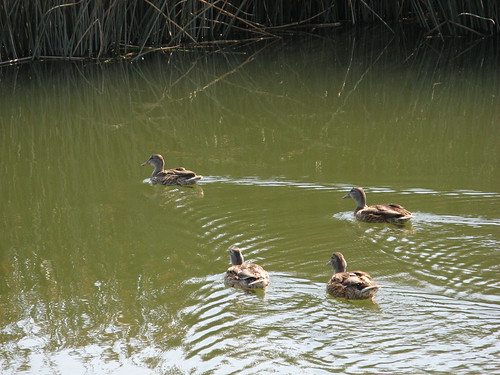
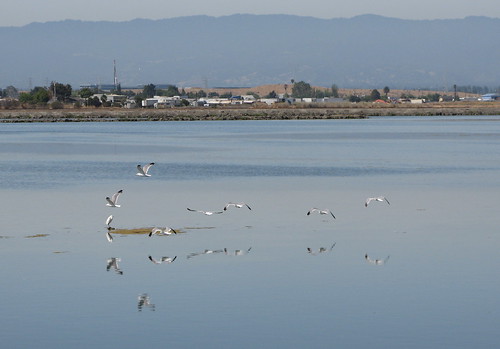
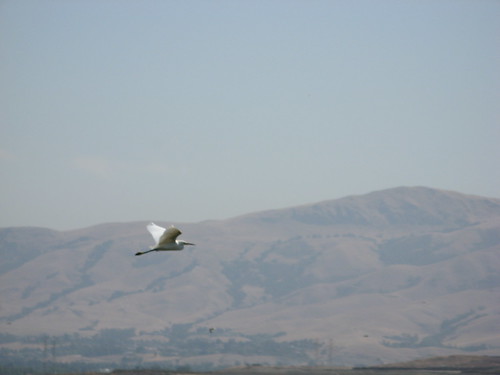
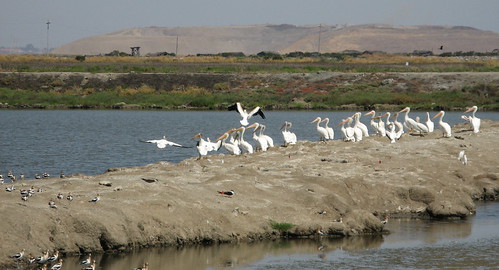
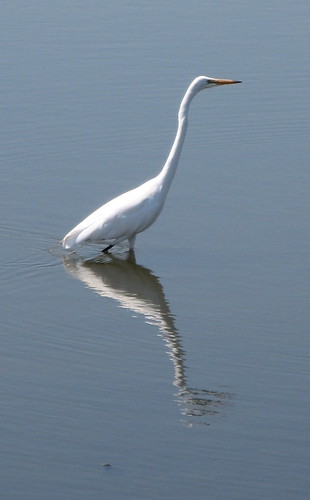

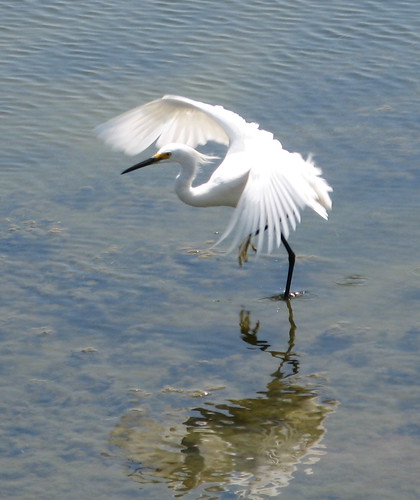
The picture of egret about to take off is beautiful. A moment and a picture to die for 🙂
And to add, you do need long lenses to capture those birds but a cheap $600 DSLR will be just fine.. 🙂